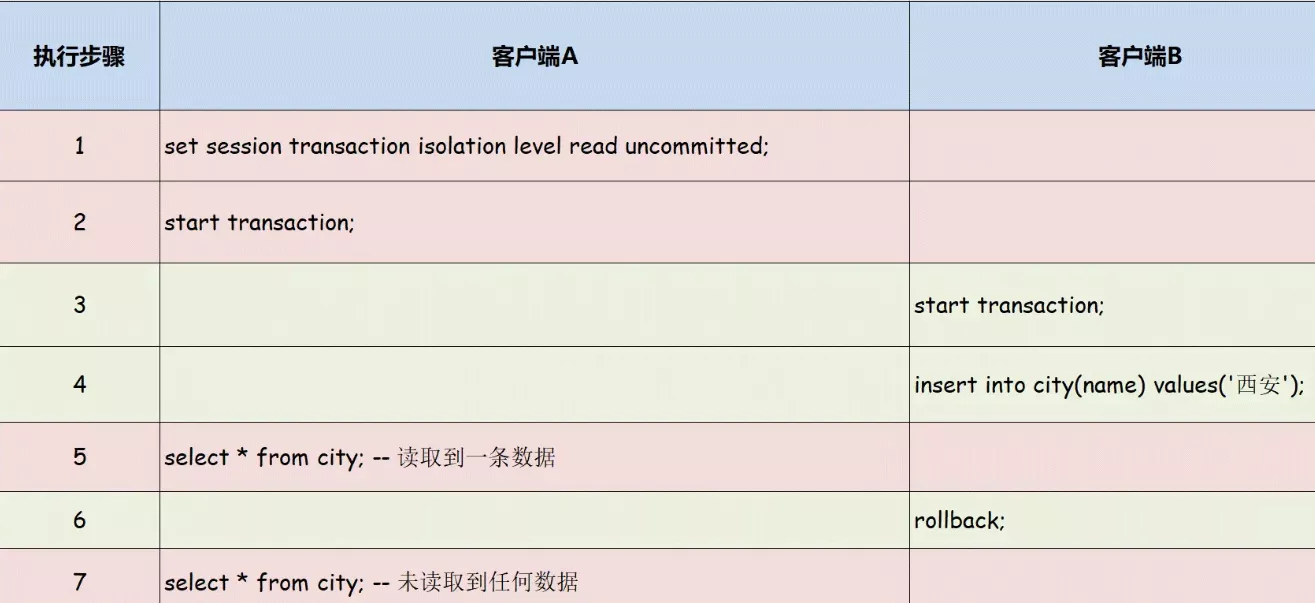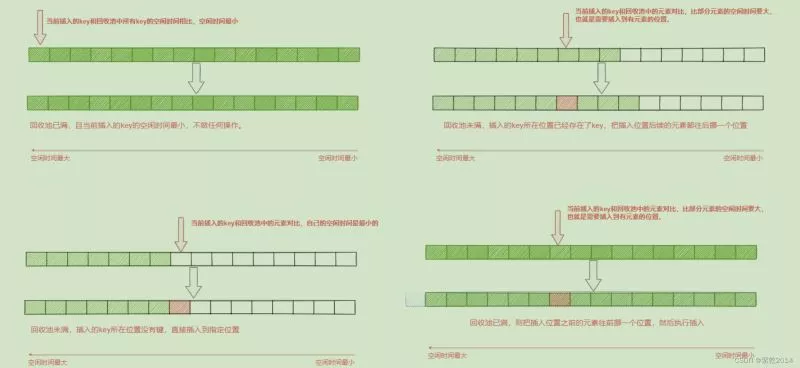当前位置:网站首页>如何保存训练好的神经网络模型(pytorch版本)
如何保存训练好的神经网络模型(pytorch版本)
2022-07-05 17:01:00 【追光少年羽】
一、保存和加载模型
用数据对模型进行训练后得到了比较理想的模型,但在实际应用的时候不可能每次都先进行训练然后再使用,所以就得先将之前训练好的模型保存下来,然后在需要用到的时候加载一下直接使用。模型的本质是一堆用某种结构存储起来的参数,所以在保存的时候有两种方式,一种方式是直接将整个模型保存下来,之后直接加载整个模型,但这样会比较耗内存;另一种是只保存模型的参数,之后用到的时候再创建一个同样结构的新模型,然后把所保存的参数导入新模型。
二、两种情况的实现方法
(1)只保存模型参数字典(推荐)
#保存
torch.save(the_model.state_dict(), PATH)
#读取
the_model = TheModelClass(*args, **kwargs)
the_model.load_state_dict(torch.load(PATH))(2)保存整个模型
#保存
torch.save(the_model, PATH)
#读取
the_model = torch.load(PATH)三、只保存模型参数的情况(例子)
pytorch会把模型的参数放在一个字典里面,而我们所要做的就是将这个字典保存,然后再调用。
比如说设计一个单层LSTM的网络,然后进行训练,训练完之后将模型的参数字典进行保存,保存为同文件夹下面的rnn.pt文件:
class LSTM(nn.Module):
def __init__(self, input_size, hidden_size, num_layers):
super(LSTM, self).__init__()
self.hidden_size = hidden_size
self.num_layers = num_layers
self.lstm = nn.LSTM(input_size, hidden_size, num_layers, batch_first=True)
self.fc = nn.Linear(hidden_size, 1)
def forward(self, x):
# Set initial states
h0 = torch.zeros(self.num_layers, x.size(0), self.hidden_size).to(device)
# 2 for bidirection
c0 = torch.zeros(self.num_layers, x.size(0), self.hidden_size).to(device)
# Forward propagate LSTM
out, _ = self.lstm(x, (h0, c0))
# out: tensor of shape (batch_size, seq_length, hidden_size*2)
out = self.fc(out)
return out
rnn = LSTM(input_size=1, hidden_size=10, num_layers=2).to(device)
# optimize all cnn parameters
optimizer = torch.optim.Adam(rnn.parameters(), lr=0.001)
# the target label is not one-hotted
loss_func = nn.MSELoss()
for epoch in range(1000):
output = rnn(train_tensor) # cnn output`
loss = loss_func(output, train_labels_tensor) # cross entropy loss
optimizer.zero_grad() # clear gradients for this training step
loss.backward() # backpropagation, compute gradients
optimizer.step() # apply gradients
output_sum = output
# 保存模型
torch.save(rnn.state_dict(), 'rnn.pt')保存完之后利用这个训练完的模型对数据进行处理:
# 测试所保存的模型
m_state_dict = torch.load('rnn.pt')
new_m = LSTM(input_size=1, hidden_size=10, num_layers=2).to(device)
new_m.load_state_dict(m_state_dict)
predict = new_m(test_tensor)这里做一下说明,在保存模型的时候rnn.state_dict()表示rnn这个模型的参数字典,在测试所保存的模型时要先将这个参数字典加载一下m_state_dict = torch.load('rnn.pt');
然后再实例化一个LSTM对像,这里要保证传入的参数跟实例化rnn是传入的对象时一样的,即结构相同new_m = LSTM(input_size=1, hidden_size=10, num_layers=2).to(device);
下面是给这个新的模型传入之前加载的参数new_m.load_state_dict(m_state_dict);
最后就可以利用这个模型处理数据了predict = new_m(test_tensor)
四、保存整个模型的情况(例子)
class LSTM(nn.Module):
def __init__(self, input_size, hidden_size, num_layers):
super(LSTM, self).__init__()
self.hidden_size = hidden_size
self.num_layers = num_layers
self.lstm = nn.LSTM(input_size, hidden_size, num_layers, batch_first=True)
self.fc = nn.Linear(hidden_size, 1)
def forward(self, x):
# Set initial states
h0 = torch.zeros(self.num_layers, x.size(0), self.hidden_size).to(device) # 2 for bidirection
c0 = torch.zeros(self.num_layers, x.size(0), self.hidden_size).to(device)
# Forward propagate LSTM
out, _ = self.lstm(x, (h0, c0)) # out: tensor of shape (batch_size, seq_length, hidden_size*2)
# print("output_in=", out.shape)
# print("fc_in_shape=", out[:, -1, :].shape)
# Decode the hidden state of the last time step
# out = torch.cat((out[:, 0, :], out[-1, :, :]), axis=0)
# out = self.fc(out[:, -1, :]) # 取最后一列为out
out = self.fc(out)
return out
rnn = LSTM(input_size=1, hidden_size=10, num_layers=2).to(device)
print(rnn)
optimizer = torch.optim.Adam(rnn.parameters(), lr=0.001) # optimize all cnn parameters
loss_func = nn.MSELoss() # the target label is not one-hotted
for epoch in range(1000):
output = rnn(train_tensor) # cnn output`
loss = loss_func(output, train_labels_tensor) # cross entropy loss
optimizer.zero_grad() # clear gradients for this training step
loss.backward() # backpropagation, compute gradients
optimizer.step() # apply gradients
output_sum = output
# 保存模型
torch.save(rnn, 'rnn1.pt')保存完之后利用这个训练完的模型对数据进行处理:
new_m = torch.load('rnn1.pt')
predict = new_m(test_tensor)边栏推荐
- Flow characteristics of kitchen knife, ant sword, ice scorpion and Godzilla
- Function sub file writing
- Embedded UC (UNIX System Advanced Programming) -2
- IDC报告:腾讯云数据库稳居关系型数据库市场TOP 2!
- MySQL queries the latest qualified data rows
- Tita 绩效宝:如何为年中考核做准备?
- The first lesson of EasyX learning
- Matery主题自定义(一)黑夜模式
- Cartoon: how to multiply large integers? (integrated version)
- Which is more cost-effective, haqu K1 or haqu H1? Who is more worth starting with?
猜你喜欢
一文了解MySQL事务隔离级别
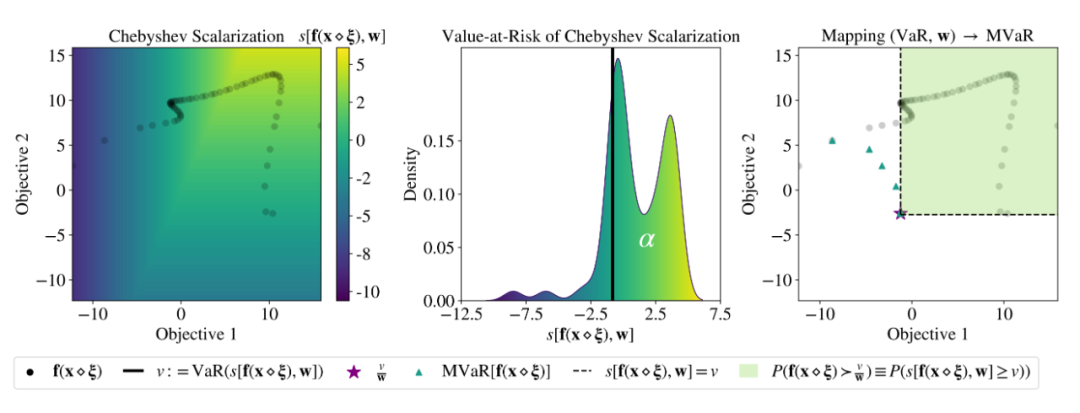
ICML 2022 | Meta propose une méthode robuste d'optimisation bayésienne Multi - objectifs pour faire face efficacement au bruit d'entrée

Which is more cost-effective, haqu K1 or haqu H1? Who is more worth starting with?
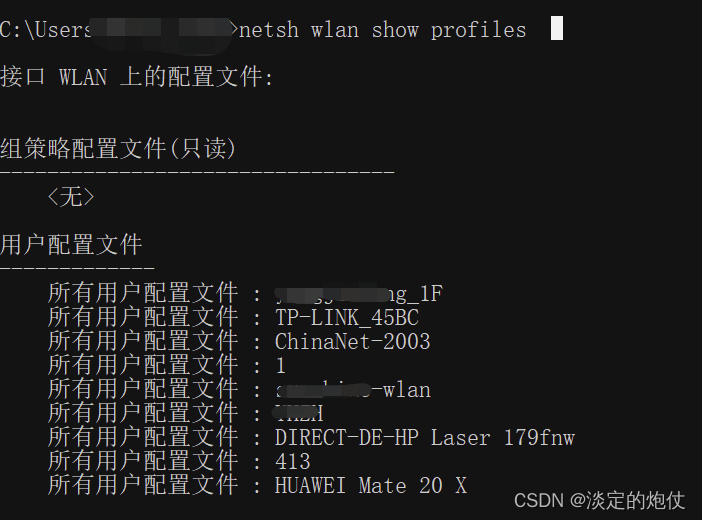
Check the WiFi password connected to your computer
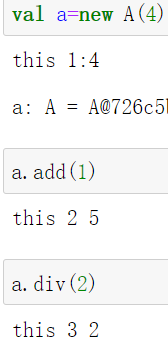
7.Scala类

MySQL之知识点(六)

哈趣K1和哈趣H1哪个性价比更高?谁更值得入手?

ICML 2022 | Meta提出魯棒的多目標貝葉斯優化方法,有效應對輸入噪聲
深入理解Redis内存淘汰策略

URP下Alpha从Gamma空间到Linner空间转换(二)——多Alpha贴图叠加
随机推荐
MYSQL group by 有哪些注意事项
Complete solution instance of Oracle shrink table space
【二叉树】根到叶路径上的不足节点
C#(Winform) 当前线程不在单线程单元中,因此无法实例化 ActiveX 控件
Cartoon: looking for the k-th element of an unordered array (Revised)
哈趣K1和哈趣H1哪个性价比更高?谁更值得入手?
WebApp开发-Google官方教程
High number | summary of calculation methods of volume of rotating body, double integral calculation of volume of rotating body
WR | Jufeng group of West Lake University revealed the impact of microplastics pollution on the flora and denitrification function of constructed wetlands
Machine learning 02: model evaluation
張平安:加快雲上數字創新,共建產業智慧生態
CMake教程Step5(添加系统自检)
In depth understanding of redis memory obsolescence strategy
Check the WiFi password connected to your computer
thinkphp模板的使用
腾讯音乐上线新产品“曲易买”,提供音乐商用版权授权
Judge whether a number is a prime number (prime number)
CMake教程Step2(添加库)
IDEA 项目启动报错 Shorten the command line via JAR manifest or via a classpath file and rerun.
Three traversal methods of binary tree
